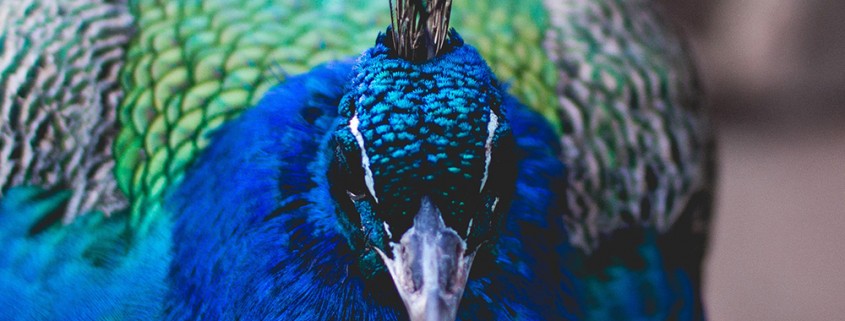Wild Peacocks
In the late Thirties and early Forties, the Shag was performed to swing music, the jazzy sound of the big bands. As the Swing Era waned, the Shag continued to evolve to a new beat, that of race music, the forbidden melodies that were the godfathers of rock ‘n’ roll.
Like the racy new sounds, the Shag was considered dangerous. The establishment pronounced the dance too sexually suggestive. In the Forties and Fifties, young girls had to fib to their mamas to go where the Shag was done. Virginity was still in flower. The young women who shagged tended to be budding magnolias, the same breed or of like-kind to the debutantes who had danced the waltz the previous century, when the boys in gray joined Lee and Pickett and went off to war with sabers dangling.
The male peacocks of the Shag were mainly wild birds, not of the plantation variety. Some were aristocratic and would have led those fatal charges early in the Civil War. Many more would have been the sharp shooters and agile nomcoms, who later assumed battlefield command when all the officers had bought it.
They were haughty and glamorous in their tailored trousers and penny loafers. More than a few were legendary street fighters. On the dance floors, there was home territory to protect. The females in short shorts were not to be accosted by metaphorical club-foots and wet-behind-the-ears boot camp graduates from Fort Bragg Camp Lejune and Paris Island. The age of chivalry was not entirely passed, and on occasion, neither were the weapons of hand-to-hand combat gone the way of Napoleonic tactics and plumed hats.
Along the coast, Shaggers ruled a fiefdom of rough-sawn wooden pavilions and gritty concrete-floored saloons. The music was black and hot and the men were quick and cool. Young women who took part in the dance were considered comrades. Their femininity sheltered and respected.



